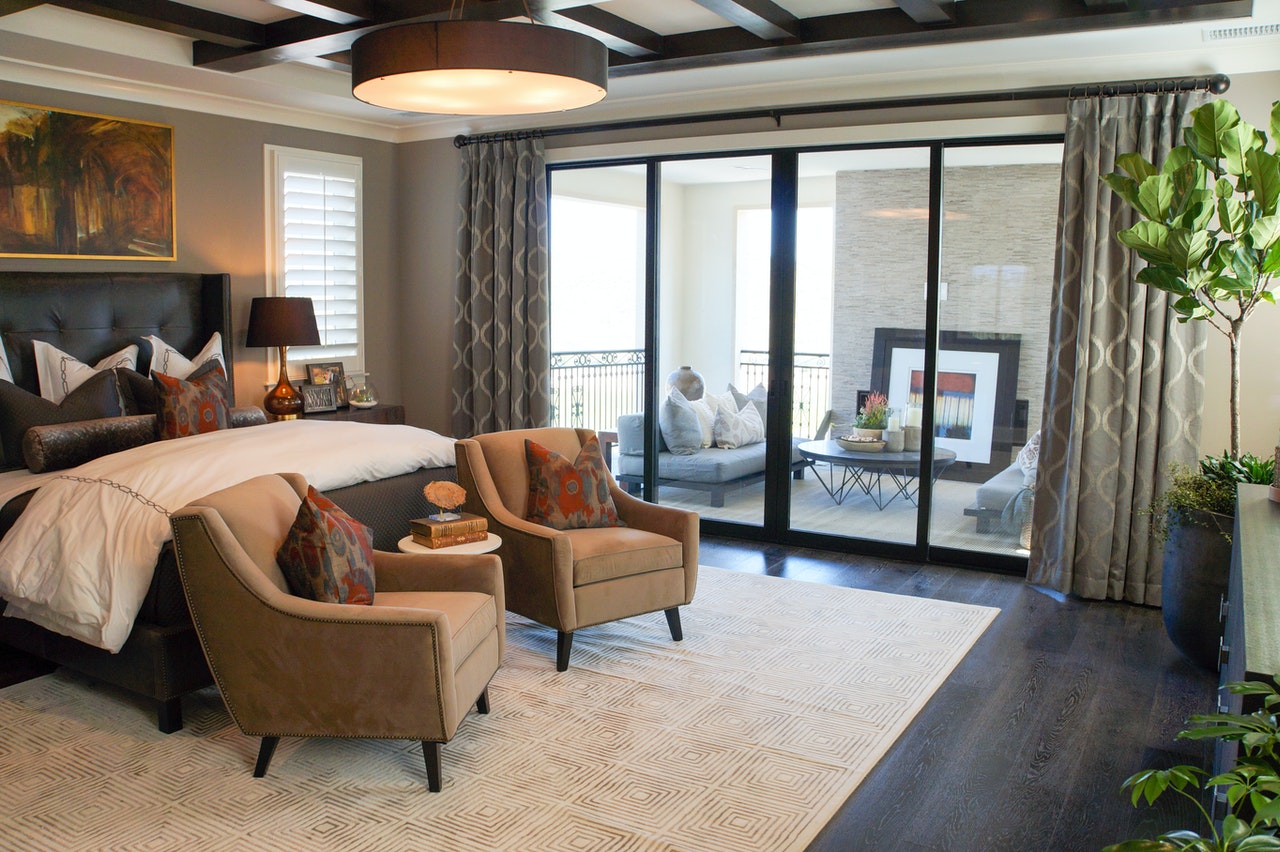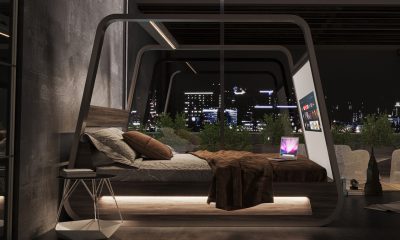Technology
How Technology Is Changing The Way You Sleep

Human beings have been sleeping since the beginning of time. You might think that not much has changed since those early days – except, of course, the obvious improvements in the furniture on which we doze. No more stone slabs and piles of straw for us!
However, technology leaders in all kinds of fields have recently turned their attention towards health as a technologically quantifiable thing. With this newfound interest are unique new innovations in areas as broad as kitchen gadgetry, “smart” toilets and even the way we sleep. Sleep technology, in fact, is all the rage.
You spend a third of your life asleep, so shouldn’t it be as comfortable as possible? Here are three ways the technology you love is transforming and improving the way you catch your Z’s.
Background: The Quantified Self Movement
To understand the recent technological innovations in the sleep technology industry, you first need to understand the movement behind it all. Self-quantification, or the collection and monitoring of data about oneself, has been gaining steam in recent years, especially since the proliferation of Smartphones. More than ever before, it is possible to monitor your calorie intake and expenditure, weight, blood pressure, air quality, mood, and even how well you sleep in exact and scientific ways. And new wearable technologies like Google Glass and the Apple Watch make the process almost automatic.
The idea is this: if you collect this data about yourself, monitoring the ebb and flow in your health and happiness, couldn’t you learn from days when you feel healthier and happier to make them happen more often? Couldn’t you learn from days when you perform better mentally or physically to repeat these successes? And couldn’t you use sleep technology to monitor how you snooze and get better rest? Advocates of the Quantified Self movement insist that this is indeed possible, and very scientifically tied to factors that can be precisely measured and analyzed.
1. Building a Better Alarm Clock
One extremely interesting aspect of the Quantified Self movement is the trend towards monitoring the way you sleep in order to get higher-quality sleep and wake up at the best possible time. Sleep technology apps, such as Sleep Cycle and SleepBot, measure REM cycles by monitoring the movement of your bed as you twist and turn, the volume of your snores and the ambient noise around you and even the level of light in the room. Supposedly, these apps can take this information, determine when you’re sleeping the lightest and find the ideal moment to wake you up within a window of time.
Health-tracking wristbands like the Jawbone Up have sleep tracking features in addition to their activity-tracking capability. From the front row seat of your own wrist, the band can follow you throughout the night as you toss and turn – and won’t get confused when your partner is having a poor night of sleep. One of the best features is the gentleness with which the wristband wakes you up. Instead of blaring an alarm at a set time, it tracks your REM cycles and wakes you at the optimum time with a gentle vibration on your wrist.
2. Technology You Can Sleep On
Sleep technology tracking apps work by setting the phone on your mattress and monitoring the movement of the bed. But what if you kick the phone off your bed in your sleep? What if you’re not eager to have brain radiating waves from your cell phone right next to your head all night? For those with a little more dough to spend on their doze, newer mattresses are starting to come equipped with tracking-capable sleep technology built into the mattress itself, if you don’t mind being out $8,000.
For those not quite on the cutting edge of pricey sleep technology, there are also existing “high-tech” mattress options, such as Sleep Number, which allows its users to independently change the firmness of their mattress.
3. Stop Chasing the Cool Side of the Pillow
Even if you don’t have the spare money lying around to buy a smart mattress, chances are you’ve got the $20 you would need to buy a Chillow, or chilling pillow. This pillow uses a special gel to draw heat away from your head, maintaining a more comfortable temperature. No more flipping over to the cool side; sleep technology has got your back.
Just a pillow not enough for you? Check out the ChiliPad, a mattress pad with built-in heating or cooling functionality. Now, you don’t have to do something so neanderthal as to pile on or pull off layers of blankets to change the temperature of your Zs. You can just change the temperature of the bed itself. That’s more like it.
Sleep technology is advancing every day, in some ways more expensively than others. If you are interested in getting a better night’s sleep, it wouldn’t hurt to give some of these options a try – especially apps, which are cheaper than your morning cup of coffee.




















Recent Comments